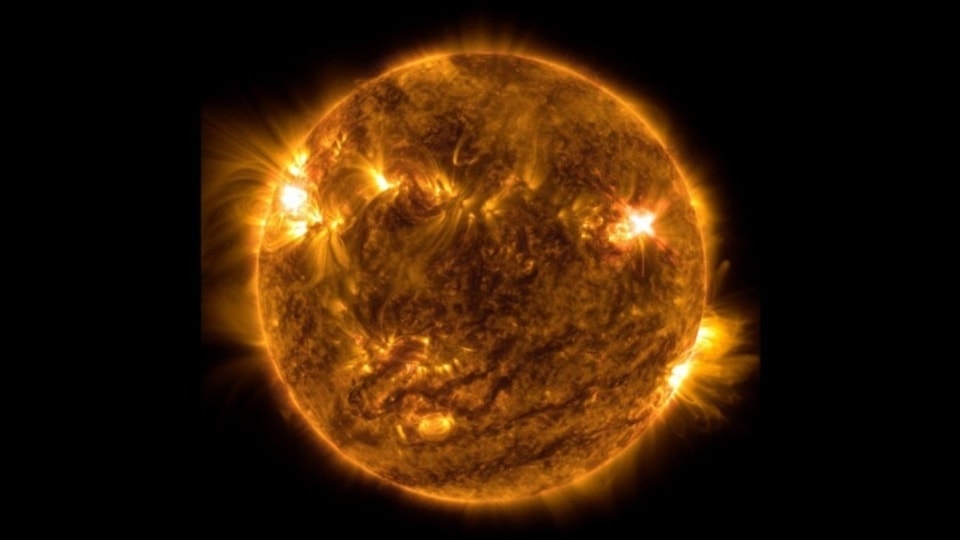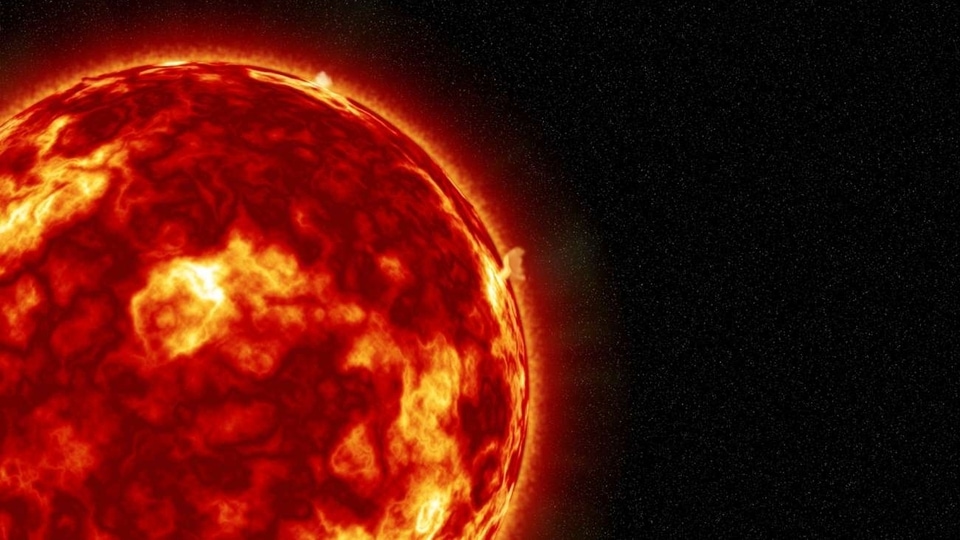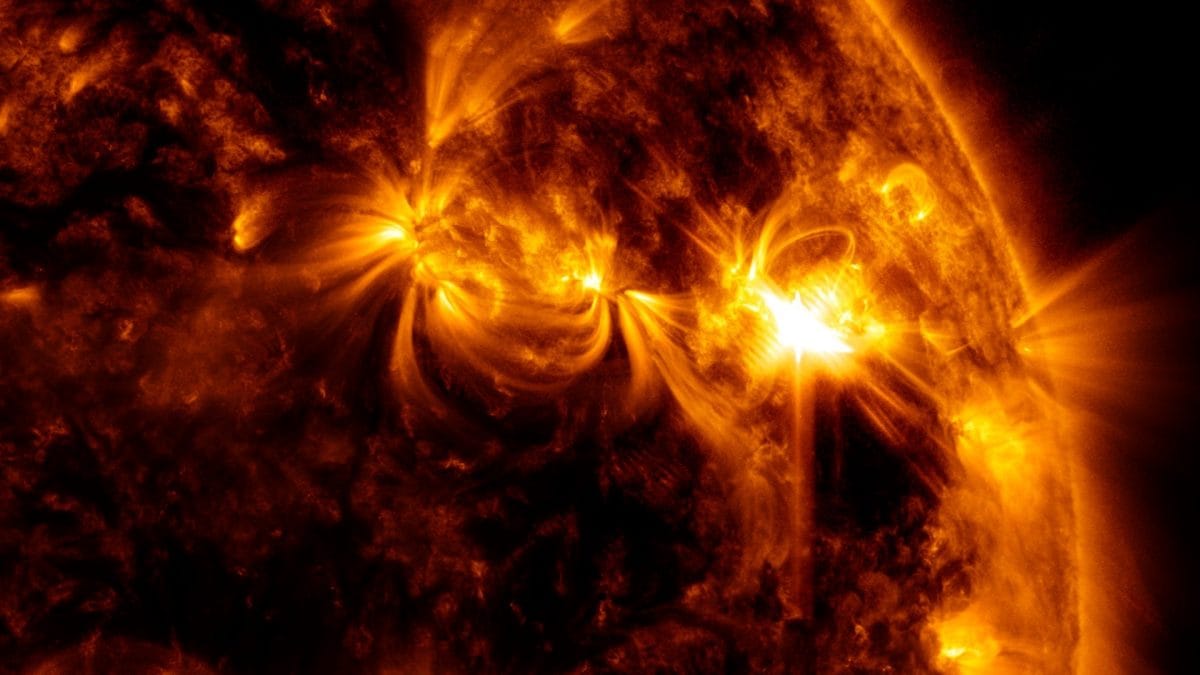Gigantic CME headed for the Earth, can spark solar storm soon; NASA records the explosion
A solar storm is expected to strike the Earth on October 7 after a huge CME cloud was seen moving towards our planet. A NASA SDO video shows the moment when the CME was released.






 View all Images
View all ImagesYesterday, it was reported that October could see the same amount of solar activity as the previous month. Currently, there are eight different active sunspot regions on the Earth-facing side of the Sun, and any one of them exploding could send terrifying coronal mass ejections (CME). In fact, that is what happened on October 3, when a sunspot exploded and caused a solar flare to erupt, which in the process, hurled a massive CME towards the Earth. Now, as per a NOAA forecast, this CME is expected to strike our planet on Saturday, October 7. Further, NASA has also shared a video of the event that shows the scary moment when the explosion takes place and the CME releases.
As per a report by SpaceWeather, “NOAA forecasters say that a CME might graze Earth's magnetic field on Oct. 7th. It left the sun on Oct. 3rd, propelled by an explosion near the sun's northeastern limb. The glancing blow, if it occurs, could spark a minor G1-class geomagnetic storm”.
If you want to see a video of the moment, courtesy of NASA Solar Dynamic Observatory, you can do so here.
Solar storm fears plague the Earth
While a solar storm is expected to hit the Earth this weekend, a recent report by Space Weather Live has shown that minor solar-storm-like conditions are occurring right now. According to it, solar winds are hitting the Earth at the speed of 440 kilometers per second. This has taken the kp index to 5, which sets the level required to call the incident a geomagnetic storm.
As such, auroras can be seen in the higher latitudes, especially around Canada and the UK. It is not known what triggered the solar storm, but at the moment, no evidence of a CME has been found.
How NOAA's DSCOVR satellite monitors the Sun
NOAA monitors solar storms and Sun's behavior using its DSCOVR satellite which became operational in 2016. The recovered data is then run through the Space Weather Prediction Center and the final analysis is prepared. The different measurements are done on temperature, speed, density, degree of orientation, and frequency of the solar particles.
Catch all the Latest Tech News, Mobile News, Laptop News, Gaming news, Wearables News , How To News, also keep up with us on Whatsapp channel,Twitter, Facebook, Google News, and Instagram. For our latest videos, subscribe to our YouTube channel.
































